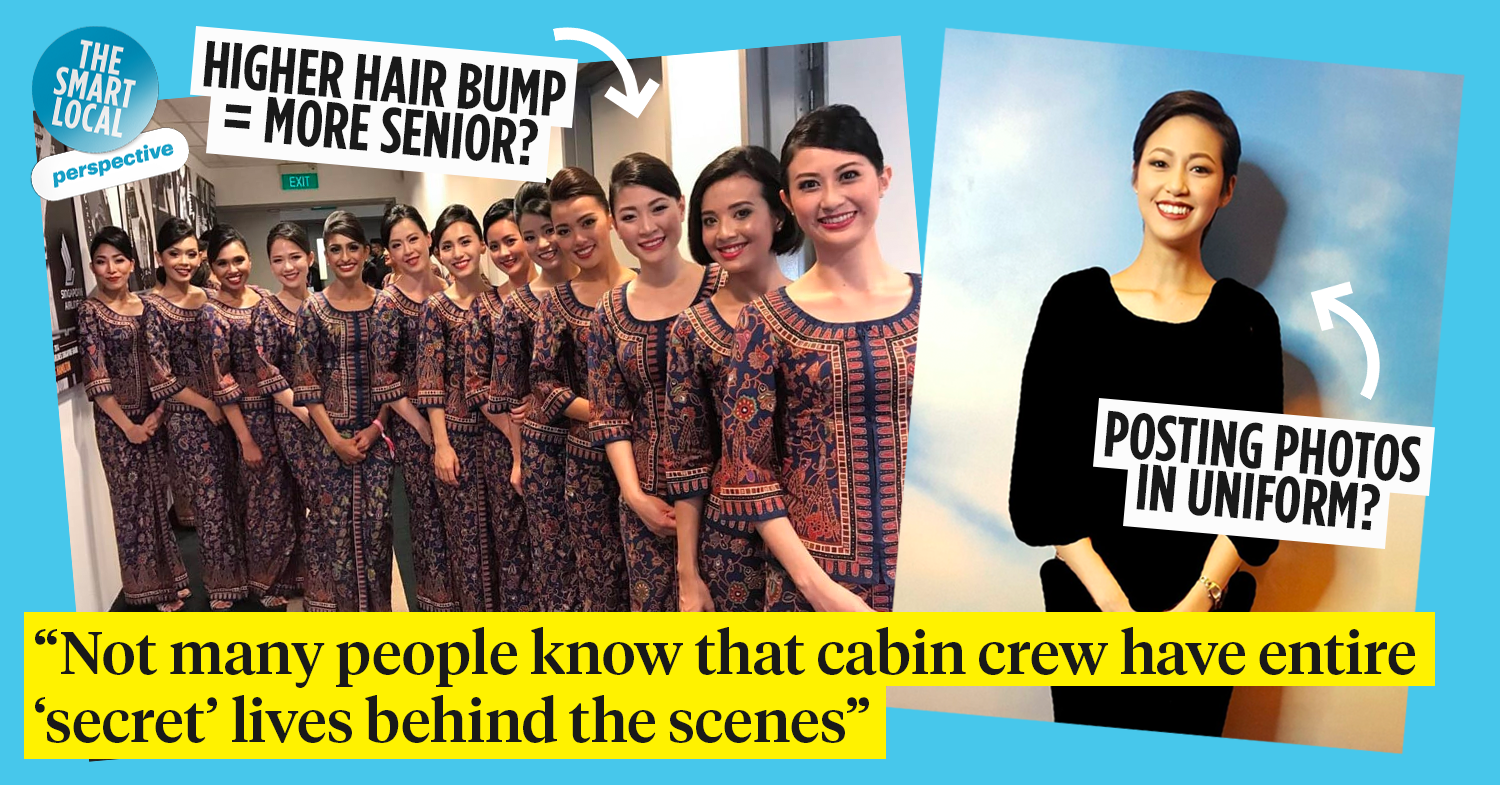Singapore Airlines cabin crew secrets
Before I became a Singapore Airlines (SIA) flight stewardess, I had always regarded SIA cabin crew as mysterious AF. Think about it: you only ever catch glimpses of them gliding through the airport, you never see them outside of it, and unless you’re on an SIA flight, you’ll rarely get to interact with one.
But not a lot of people know that cabin crew actually have “secret lives” behind their glamorous facade of perfect grooming, 5-star hotel stays and travelling the world. And it involves everything from strict rules on posting pics online, to hair and makeup that’s assigned to them. Here’s what goes on behind-the-scenes:
While you’re at it, check out these airline secrets and what the SIA training centre is like.
Table of Contents
- Singapore Airlines cabin crew secrets
- 1. The kebaya is like Doraemon’s pouch
- 2. You cannot take public transport while wearing your uniform
- 3. No posting photos of yourself in uniform
- 4. Your hairstyle and makeup are chosen for you
- 5. It takes an average of 7-10 years to get a promotion
- 6. Newbies cannot simply quit
- 7. Your job actually involves a lot of studying and tests
- 8. Seniors must have first pick of everything
- 9. You can tell stewardess’ seniority by their hairstyles
- 10. There are courtesy calls if you’re travelling as a passenger
- 11. Passengers’ feedback always gets back to you
- 12. A bulk of your earnings comes from allowances
- 13. There used to be a secret marketplace to sell & swap flights
- Cabin crew secrets on Singapore Airlines
1. The kebaya is like Doraemon’s pouch
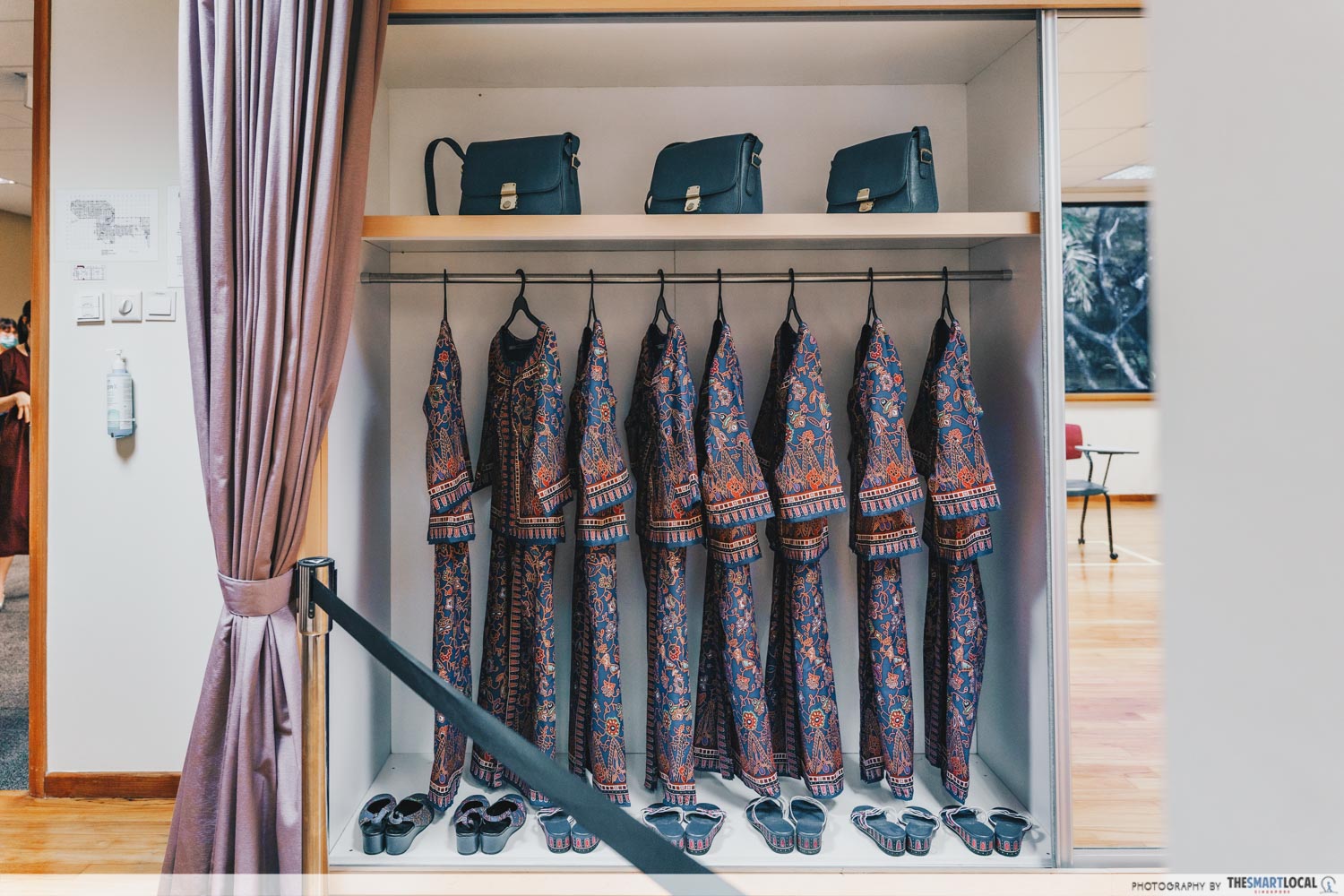
When you think of the iconic Singapore Girl, a svelte figure in a tailored kebaya comes to mind. Suffice to say that you wouldn’t expect the uniform to be able to hold nearly everything from pens and notepads to packets of crackers and even mobile phones.
For one, there’s a hidden pocket on the inner lining of the skirt, but it’s not the most functional. It’s only large enough to hold essentials such as keys, and whatever cash you want to safekeep, but stuff in anything more than that and you’ll end up with an unglam bulge that’ll 100% get you into trouble with your supervisors.
That’s not all, of course. Along the kebaya neckline, there’s a hidden slot for a pen that’s actually tailored in. It’s a pretty nifty feature, but many crew like myself would also stuff post-it pads along the neckline for easier retrieval when taking ad hoc orders.
Other items I’ve seen crew hiding in their uniforms: packets of eyeshades, earphones, peas and crackers – all to easily pass to passengers – and even the crew’s personal mobile phones. Doraemon, who?
2. You cannot take public transport while wearing your uniform
Seeing a cabin crew outside of the airport is like seeing a fish out of water. Just like how they quickly trot through airport terminals and disappear behind boarding gates, they’re just as elusive in public.
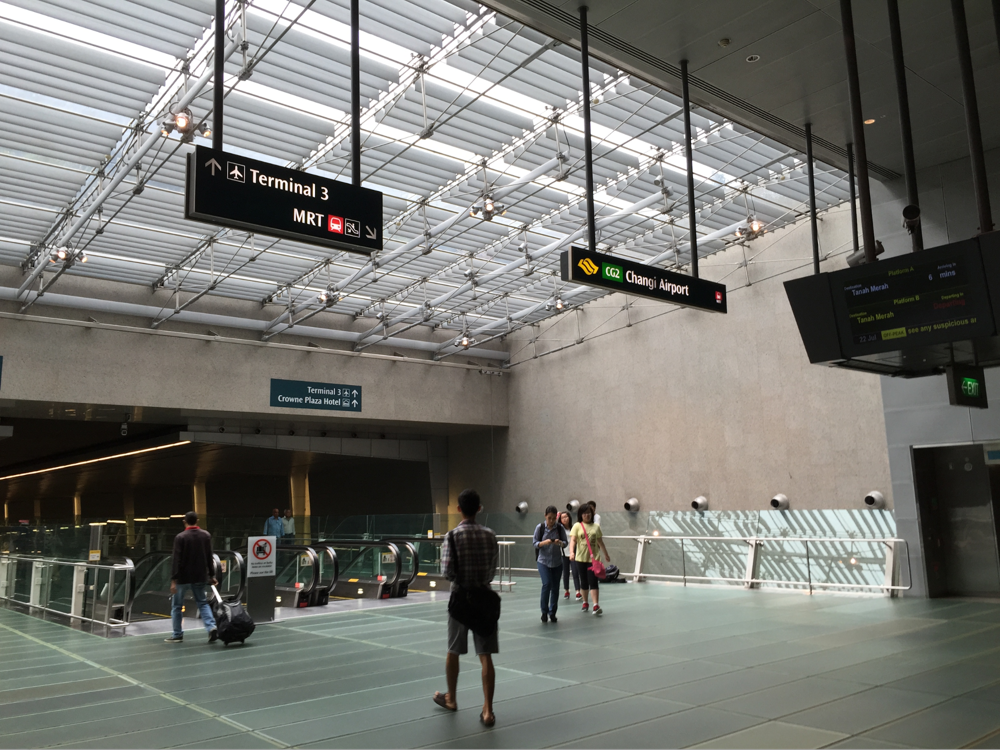
Image credit: HagenPapa2014 via Wikimedia Commons
That’s because cabin crew aren’t allowed to wear their uniforms outside of the airport – and it’s an actual company policy. That means no heading to Jewel Changi after a flight, or riding the MRT while in uniform. Crew have to either hail a ride to go home, or change out of their uniform if commuting via public transport.
We were told that this was to protect the image of the Singapore Girl; now you know why they’re rarely seen in public.
3. No posting photos of yourself in uniform
Similar to how you’ll never see a Singapore Girl outside of the airport, you’ll rarely see one wearing her uniform on social media, unless she’s clipped her wings.
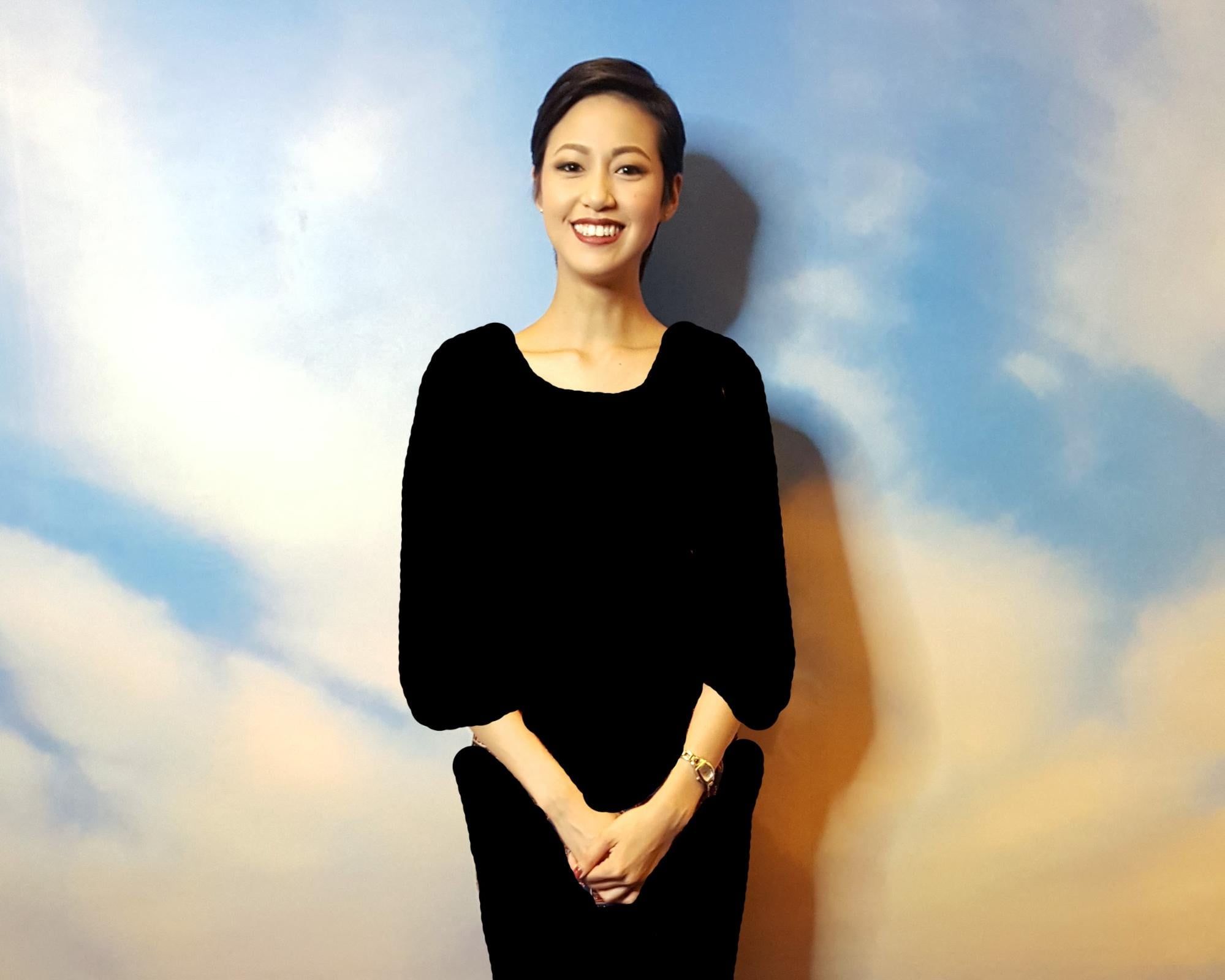
Since crew members are not allowed to post photos in uniform, this is what they post on social media instead.
Image credit: Jessica Fang
During my time in the airline, we’d get reminders from the company every other month, warning us against posting photos or videos of ourselves in uniform online. This usually happened whenever someone got caught doing so, and we used to hear of crew getting either an earful from management, or even terminated for stuff like viral IG posts.
4. Your hairstyle and makeup are chosen for you
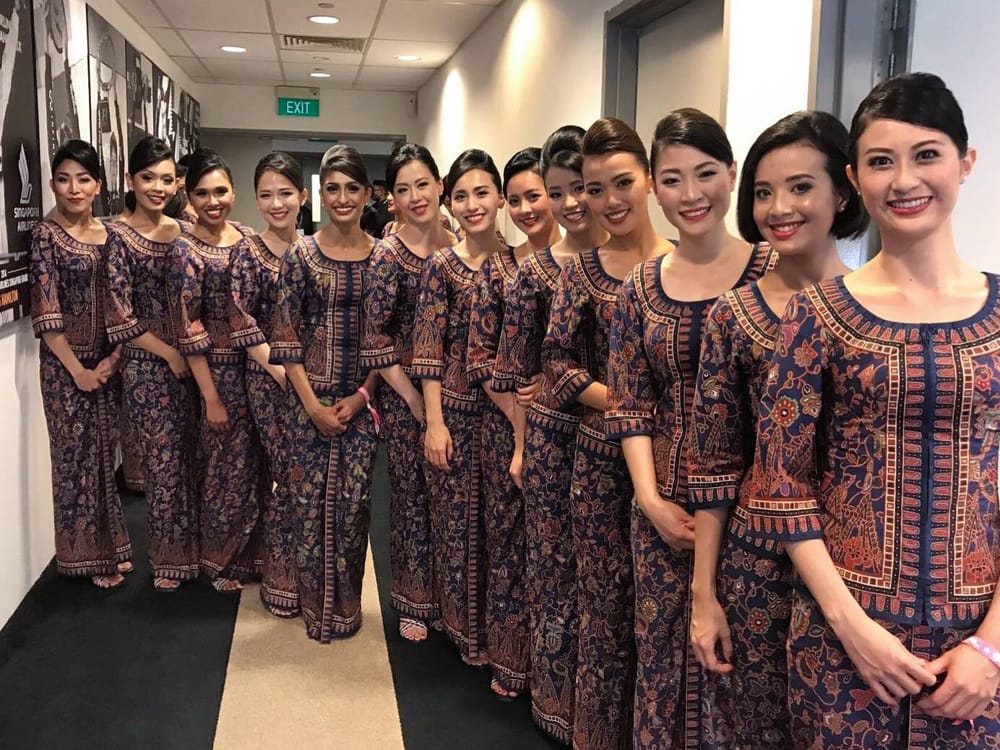
An army of perfectly-groomed crew.
Image credit: Singapore Airlines via Facebook
I’d always imagined SIA as a factory that churned out thousands of perfectly-groomed Singapore Girls each year. True enough, that’s kind of what happens behind the scenes.
Each cabin crew – both males and females – has their “look” chosen for them. For the gals, everything from your makeup colours to your hairstyle is determined by an in-house beauty consultant. When I was there, it was literally one woman who held all the power over this, and she would issue the crew an official grooming card.
On flights, superiors can check these cards and write up the crew who aren’t adhering to them.

The grooming card that details what kind of hairstyles and eyeshadow, nail and lip colours you’re allowed to wear.
Image credit: Jessica Fang
There are also strict grooming standards crew must follow, such as your nail shape only being round, and your eyelashes not being too thick or long.
As for the guys, the only other variation that’s allowed for their faces is a moustache. And you need official approval to sport one.
5. It takes an average of 7-10 years to get a promotion
There’s a slight misconception that it’s easy to rise through the ranks as a cabin crew member. After all, with airlines like AirAsia and Scoot, you can get promoted to senior cabin crew and hone the absolute power of being a Crew-In-Charge (CIC) within 3 years. But with SIA, in order for you to become a CIC, you can expect to wait a good 20 years for that to happen.
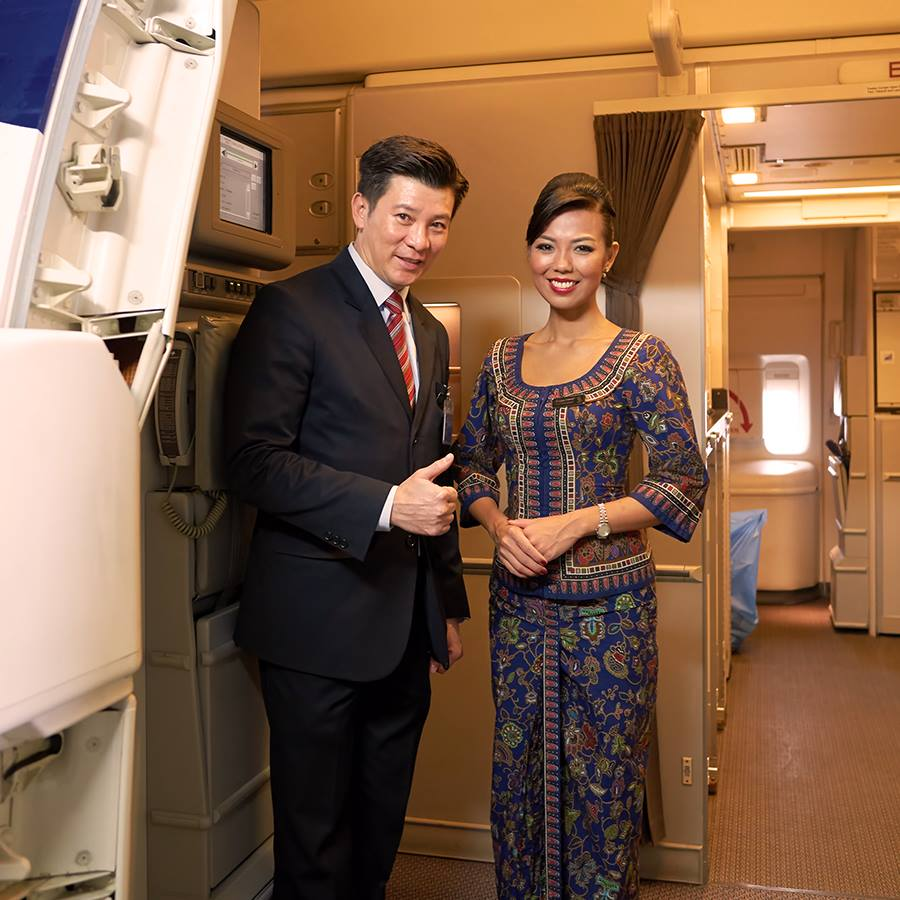
Being a CIC means you get to be the “boss” of the flight and manage the whole team of cabin crew on that flight
Image credit: Singapore Airlines via Facebook
It’s a long journey too. You start off as a regular crew, then get promoted to a Leading crew, then to Chief, then to In-Flight Manager, and eventually some take up management positions in the office. On average, it takes 7-10 long years of loyal service to get promoted to the next rank.
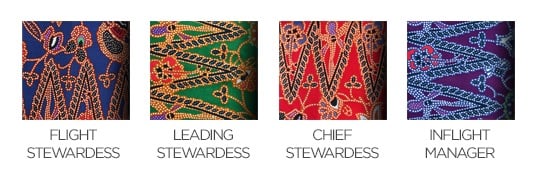
The uniform colours of crew ranks.
Image credit: Singapore Airlines
Getting that promotion isn’t as easy as sitting around and waiting for your turn to roll around. You have to make yourself as visible as possible to the management by joining company CCAs and signing up for self-improvement courses during your days off. On top of that, you have to get showered with written compliments from passengers and fellow crew.
6. Newbies cannot simply quit
Joining the airline may seem like a YOLO thing people can do in their 20s, but unless you have some savings to back you up, it’s a decision that actually requires serious consideration. Once you sign on, there’s actually a training bond of 18 months for Singaporeans and 24 months for non-Singaporeans.
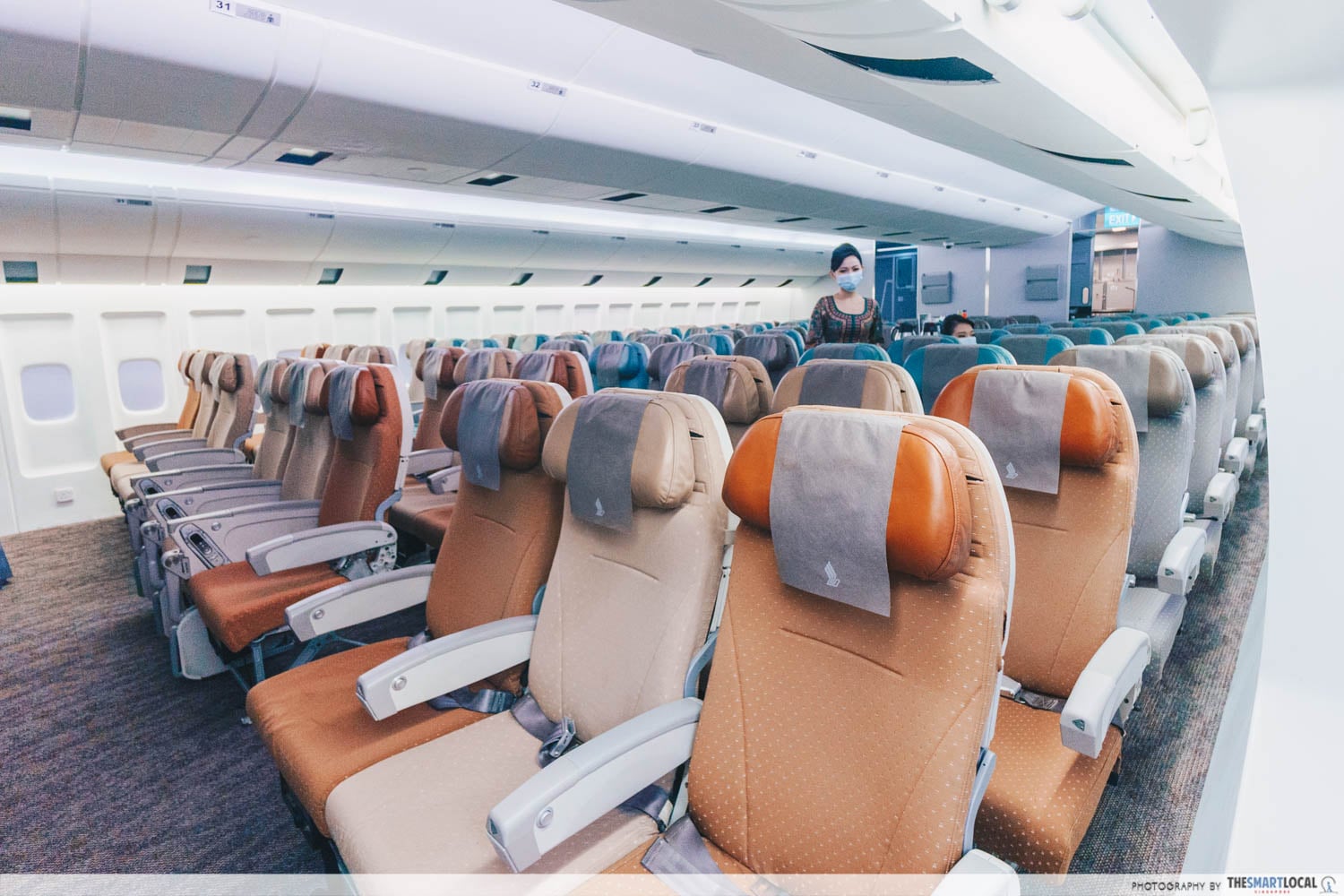
Cabin crew training facility at SIA Training Centre.
The bond I signed back when I joined amounted to a whopping $13,000. So even though a lot of crew cannot take the harsh ragging that comes with being a newbie, many don’t have the option of quitting before the bond period is up.
On top of signing a bond, cabin crew are on a 5-year contract basis, meaning that the company can choose to renew it based on your performance. Most get renewed, and once you hit the 5-year mark, you get a sweet gratuity payout, which increases with every subsequent contract.
7. Your job actually involves a lot of studying and tests
If you thought being a cabin crew wouldn’t require much studying and exams, you’ve been severely misled.
During training itself, you need to cram in copious amounts of info on aircraft cabins, service guidelines and safety procedures in the span of 3 short months. And it doesn’t stop there – crew have to constantly stay up-to-date, memorise and carry out new procedures that come and go as fast as the airline adapts to new trends.
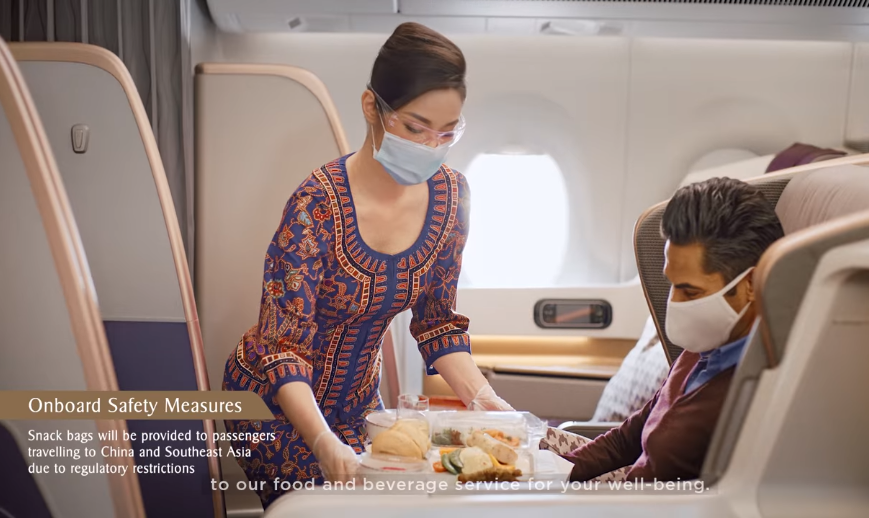
In the past couple of years, SIA did an overhaul of their services due to the pandemic.
Image credit: Singapore Airlines via Facebook
You also have to do refresher courses and tests, on everything from information security to customer relations. Not to mention, yearly safety and emergency refreshers that you can actually fail. You also need to constantly be on your game because you never know when you’ll kena arrow for a random safety or service question by your superiors during a flight.
8. Seniors must have first pick of everything
It’s no secret that seniority is a big deal among cabin crew. Basically, the longer you stay in the airline, the more invincible you’ll become. Seniority is measured based on your staff number – the lower your number, the more senior you are considered.
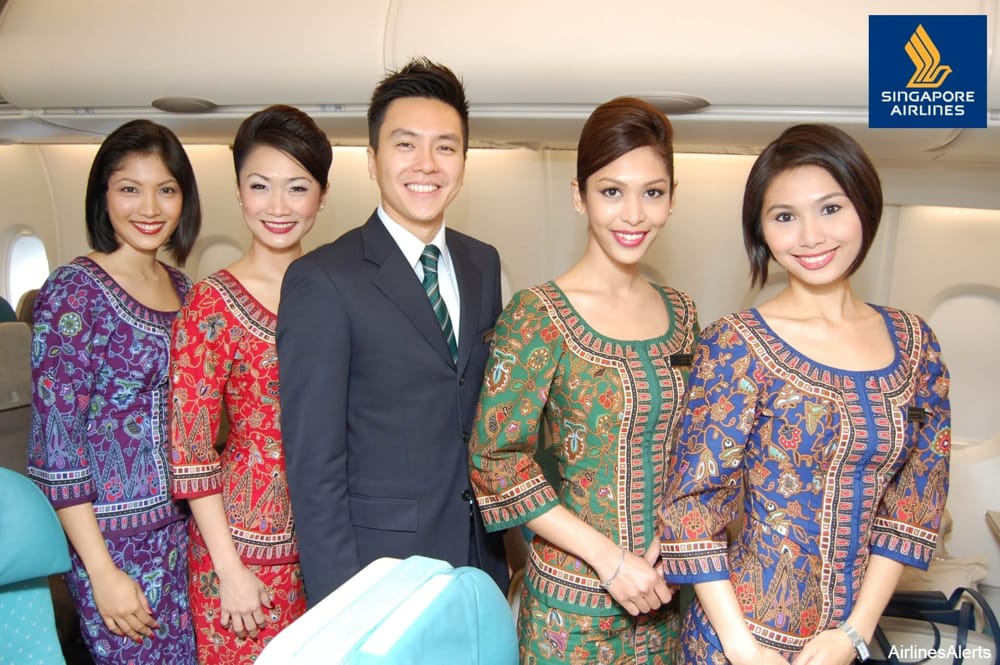
Image credit: Airlines Alerts
There’s also a hierarchy based on crew ranks, so no matter what, regular crew who wear blue uniforms are subordinates to their Leadings in green, who in turn, must accede to Chiefs in red. All of these are ranked below In-Flight Managers in purple.
That said, if you’re new in the airline, you must treat your seniors like how you’d treat your mother-in-law. Basically, offer them to have their meals first, let them choose when they prefer to take their breaks on flights, and reserve their preferred meals for them onboard.
Many times, seniors are also allowed to choose their work positions ahead of juniors. “Good” work positions with lighter loads or in premium classes usually get snapped up by seniors. Juniors would have to make do with whatever’s left behind.
9. You can tell stewardess’ seniority by their hairstyles
There’s a well-known joke in the airline that the higher your hair hump, the more senior you are. I used to think this was bollocks until I witnessed it for myself. Here’s how you can gauge the seniority of cabin crew:
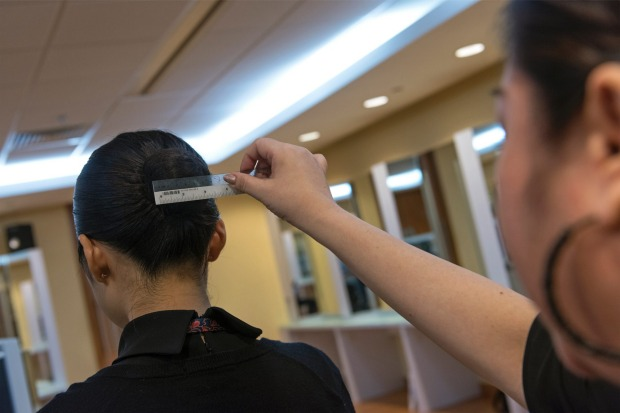
No humps for junior crew – even the size of their buns are measured during training.
Image credit: Traveller
Since crew are only allowed to wear the iconic french twist after they’ve passed their business class training after about 1.5 years of service, most junior crew wear their hair in a bun. They usually don’t have a hump, thanks to the strict guidelines they follow during training. Newbies with bob hairstyles also have a helmet-like stiffness so it doesn’t move while they’re working.
That said, seniors are the ones with higher humps and more volume on their hair. Some even throw caution to the wind and colour their hair a subtle shade of brown – the bare minimum that’s allowed for a hair shade other than black.
10. There are courtesy calls if you’re travelling as a passenger
One of the main perks of being a cabin crew is free yearly flights and discounted air tickets. But just because you’re not on duty, it doesn’t mean you can completely let loose. So, forget about getting sloshed on the “open bar” onboard while heading on a vacay.
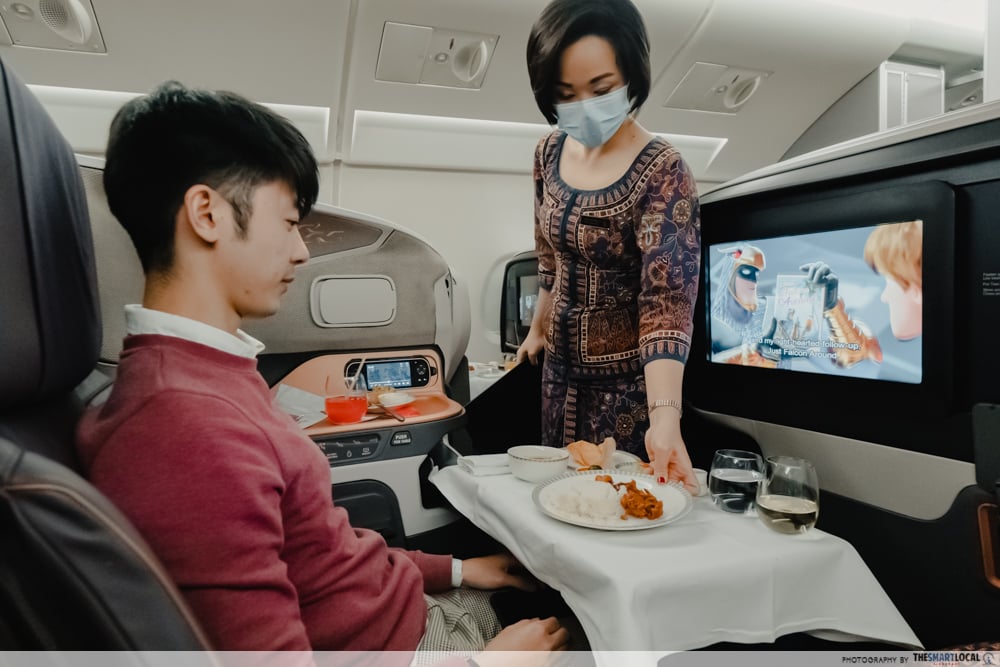
There are rules to be followed, especially if you’re about to be served by your colleagues. All this entails basics like dressing appropriately – no flip flops, shorts or tattered clothes. And most importantly, not being a prick while travelling on a staff ticket.
On top of that, you have some unwritten courtesies to follow, such as buying snacks for the entire set of crew on the flight. It’s usually something simple like candy, cakes, and curry puffs.
11. Passengers’ feedback always gets back to you
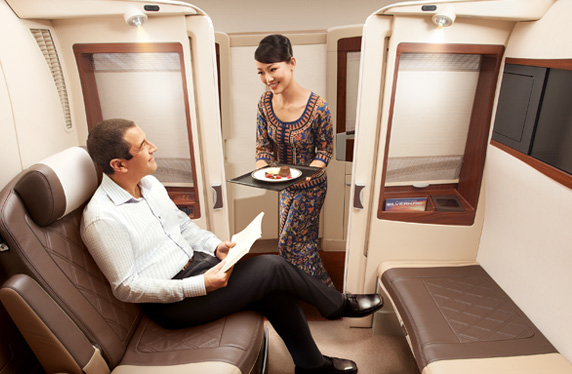
Image credit: Singapore Airlines
If you’ve ever written feedback to a multi-national airline like SIA, it’s easy to assume that the replies you’re getting are pre-approved customer service jargon. But not many people know that when the airline says they’re “looking into matters”, they really mean it.
As a cabin crew, every bit of feedback from passengers that pertain to you goes into your permanent record. There were times where another crew working in my section received a complaint from a passenger, and the company would call me – an uninvolved party – to investigate the incident.
So, rest assured that complaints always circle back to the crew involved.
On the flipside, passengers’ compliments go an incredibly long way to helping crew get recognition from the company. So the next time you’re on an SIA flight and are happy with the service, writing a compliment for the crew can actually help them earn promotions in the future.
12. A bulk of your earnings comes from allowances
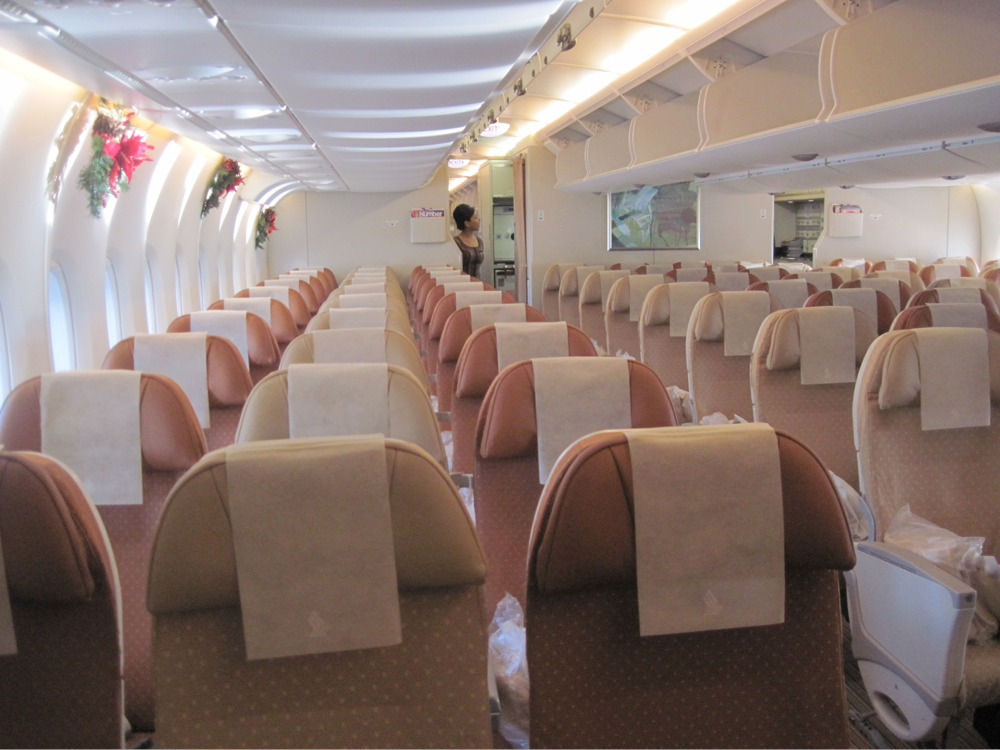
The “office”.
Image credit: Altair78 via Wikimedia Commons
Besides travelling the world for free, one of the main appeals for those who choose to become SIA cabin crew is its attractive salary package. Academics-wise, the barrier for entry is also very accessible – decent O Level grades for Singaporeans would suffice.
And here’s the kicker, cabin crew can earn a monthly salary that’s about 30% more than the average Singapore university fresh grad – more so now that travel is pretty much back in full-force. A bulk of this sweet paycheck comes from the lucrative allowances for flight hours and layovers.
That said, the more you fly, the more you’ll earn. So it takes a considerable amount of hard work to rake in those dollars each month.
13. There used to be a secret marketplace to sell & swap flights
Considered to be the black market of the SIA cabin crew world, secret flight swap chat groups are a massive no-no in the eyes of the company, but used to be rampant back in the day.
Rosters and annual leaves have never been flexible, so if you wanted to swap a flight in order to get a particular day off, you’d have to straight-up pay someone to do it.
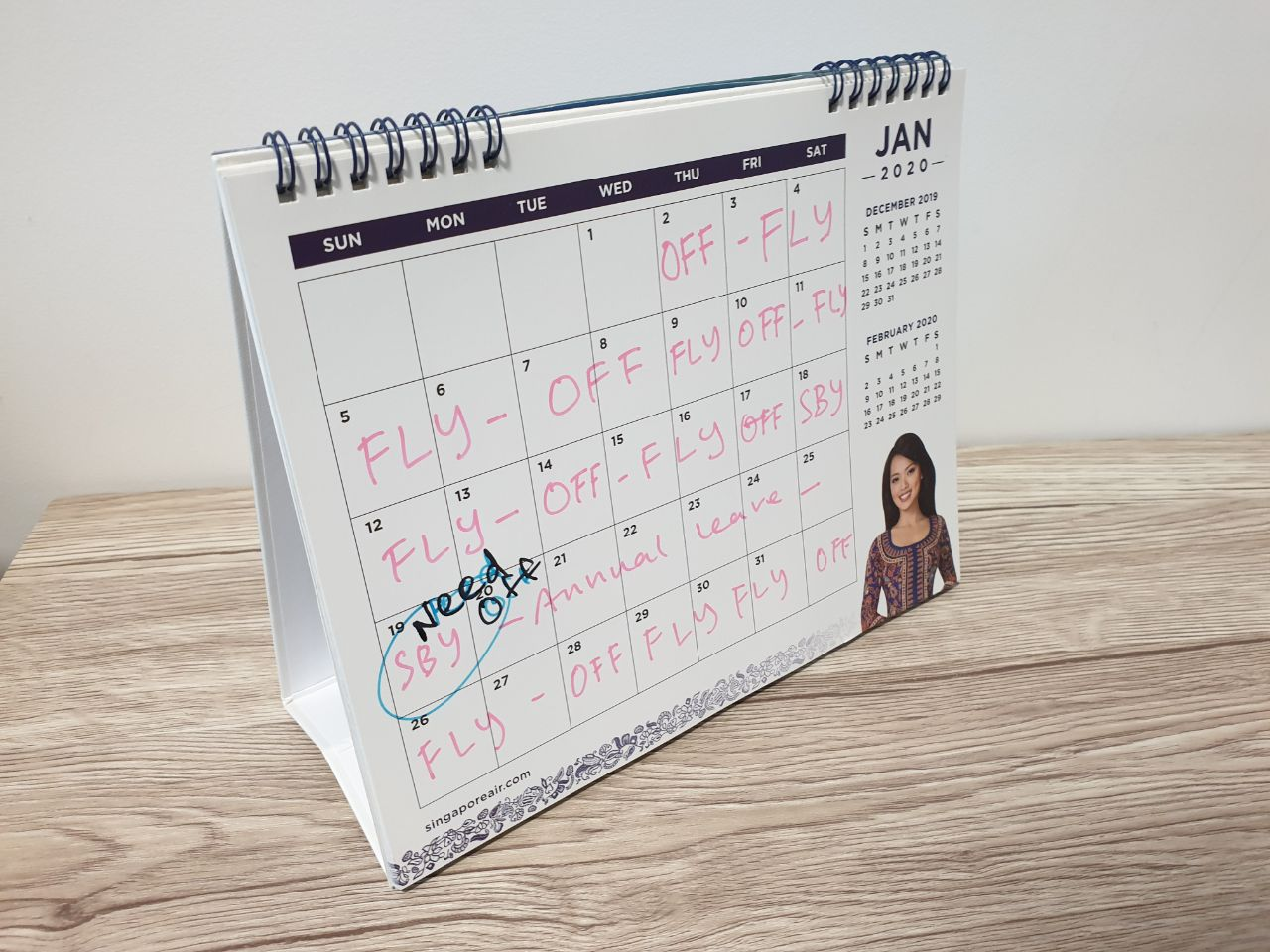
Crew could make a lot of extra money by selling their days off, plus earn the allowances for that flight.
Image credit: Jessica Fang
The agreed prices were at the crews’ own discretion – some would do it for free if the flight was worth the same as theirs, in terms of flight time and allowances. But with Off days being sold for about $250-$300 for simple turnaround flights, there was serious money to be made.
Likewise, desirable layover flights to stations like Barcelona and Los Angeles could sell for about $500 and up. Back in my day, I also heard of crew demanding to be paid a whopping $800 for an Off day on festive holidays like Chinese New Year.

Example of how a flight swap deal went down. At one point when I was flying, the Off day rate went as high as $400.
Image credit: Jessica Fang
There’s actually a proper channel to lelong your flights on the company’s online portal, with no money involved. But because pretty much no crew would sacrifice a free Off day to do a tiring-ass 11-hour turnaround, this underground marketplace was the only way to get your desired Off days.
According to my friends who’re still in the company, Covid pretty much wiped these secret chat groups out due to the lack of flights. But do they still exist now? Who knows?
Cabin crew secrets on Singapore Airlines
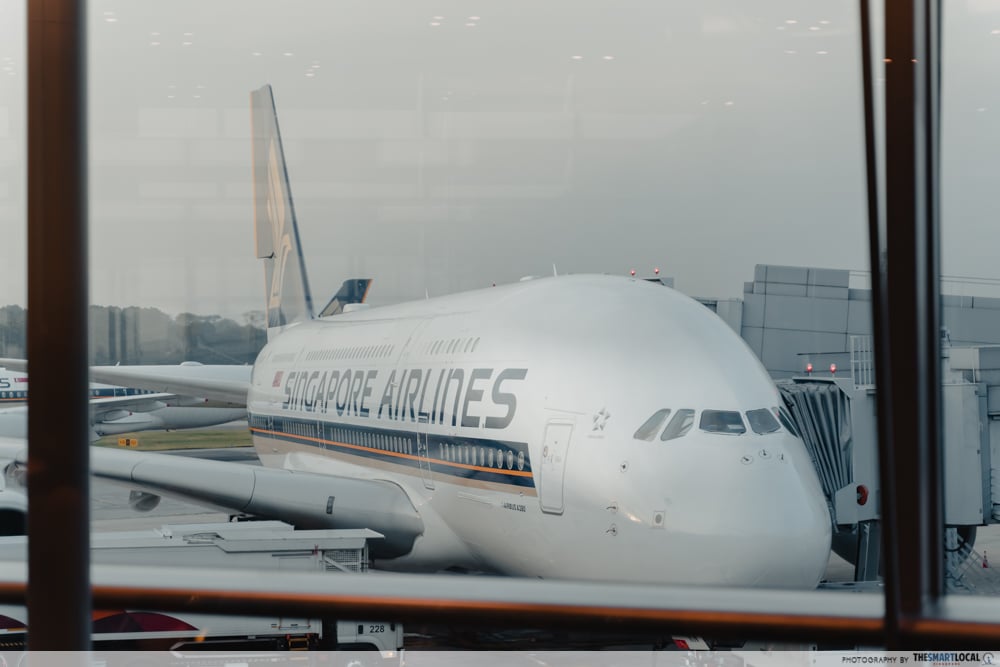
Being a Singapore Airlines cabin crew seems incredibly glamorous and fun to the untrained eye. But behind-the-scenes, there are a multitude of formalities to follow and adapt to.
In hindsight – and I’m not just being PR here – I found it pretty impressive that the company goes through such detailed lengths to churn out the perfect Singapore Girl. And these cabin crew ought to be given a lot more credit for being the “frontliners” who maintain the image of the company.
After all, it’s not easy to upkeep impeccable grooming, provide premium service, and put on a smile even during the toughest and longest of flights. These cabin crew secrets just go to show how demanding the job really is.
Read more perspectives on the work hustle here:
- Doing GrabFood delivery for a month
- What being a healthcare worker in Singapore is really like
- Day in the life of a Lalamove driver
Cover image adapted from: Singapore Airlines via Facebook, Jessica Fang
First published on 5th May 2022.
